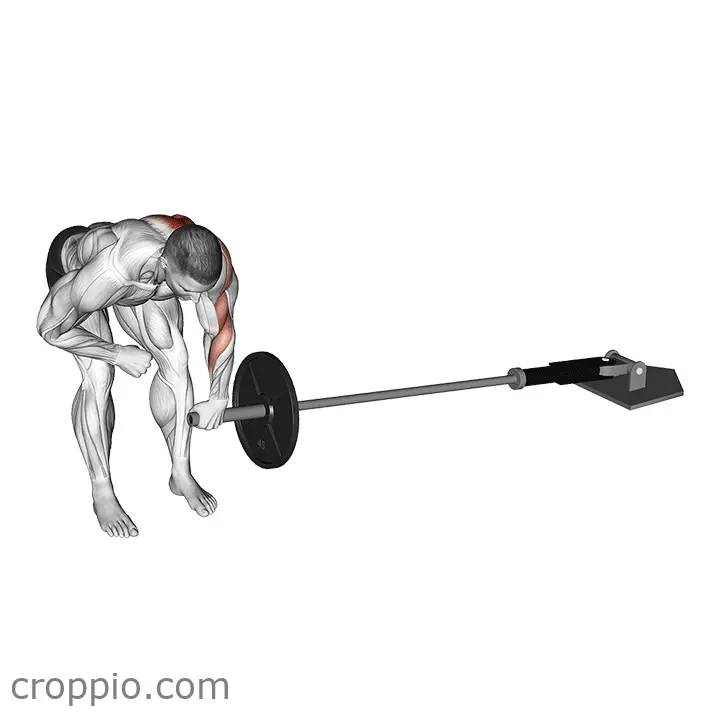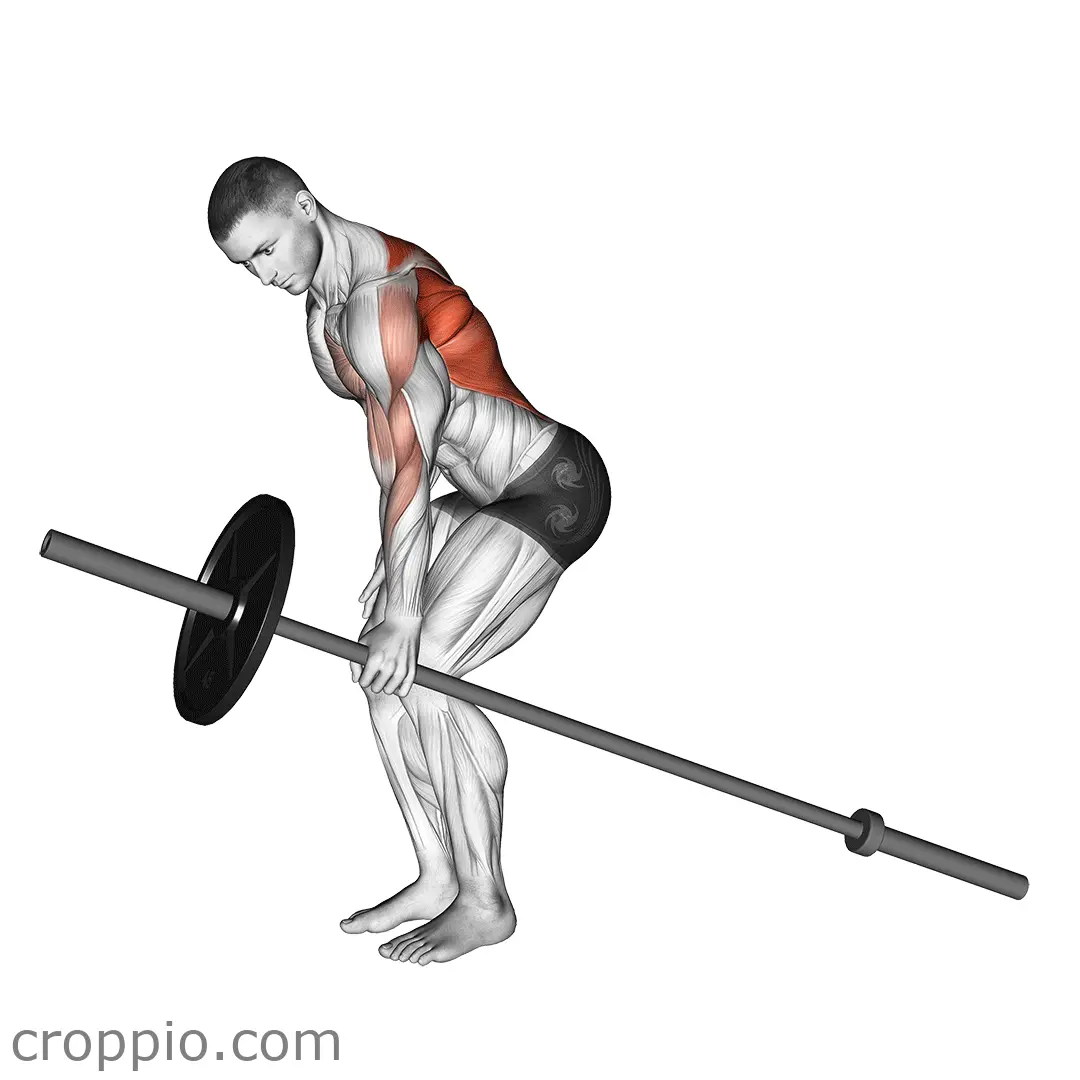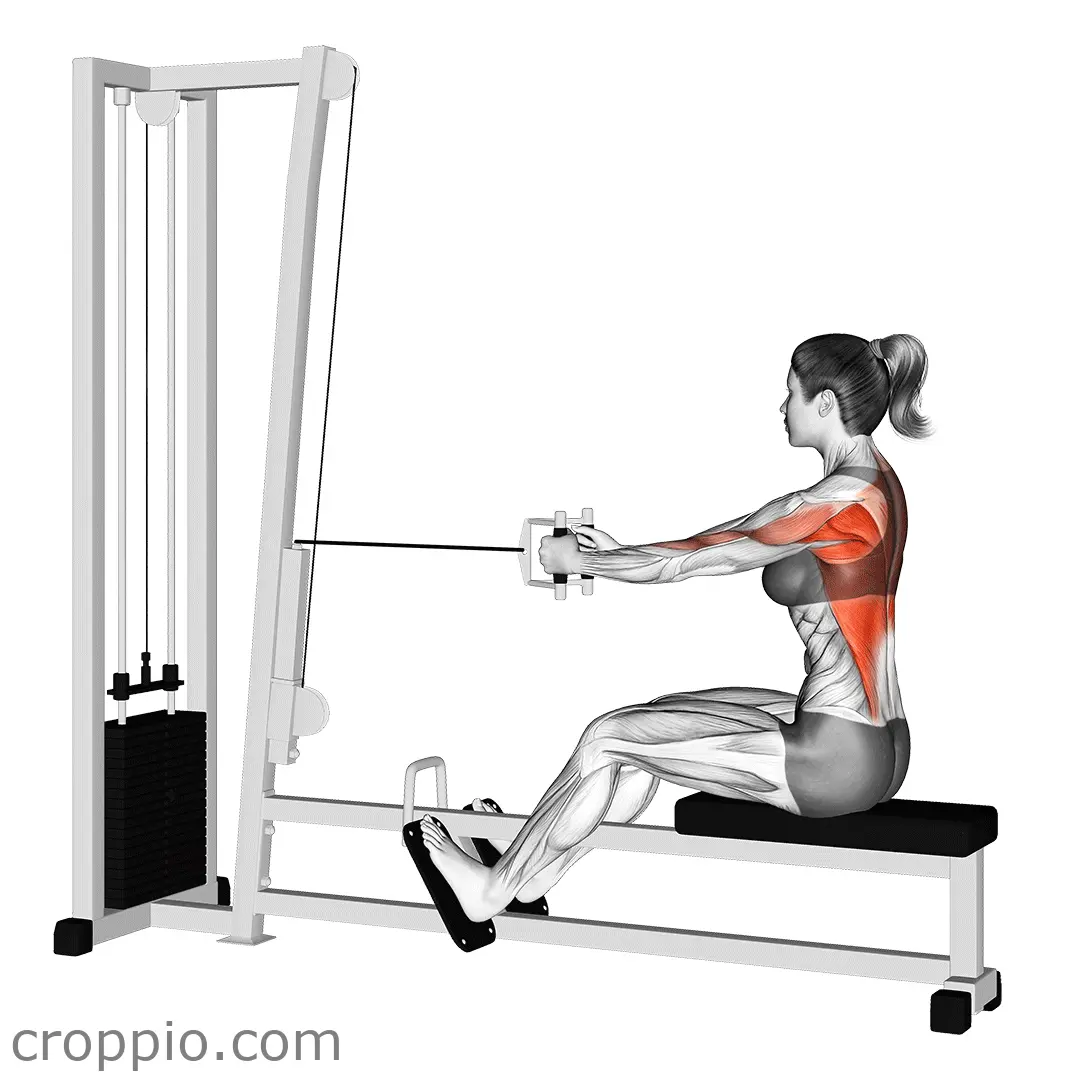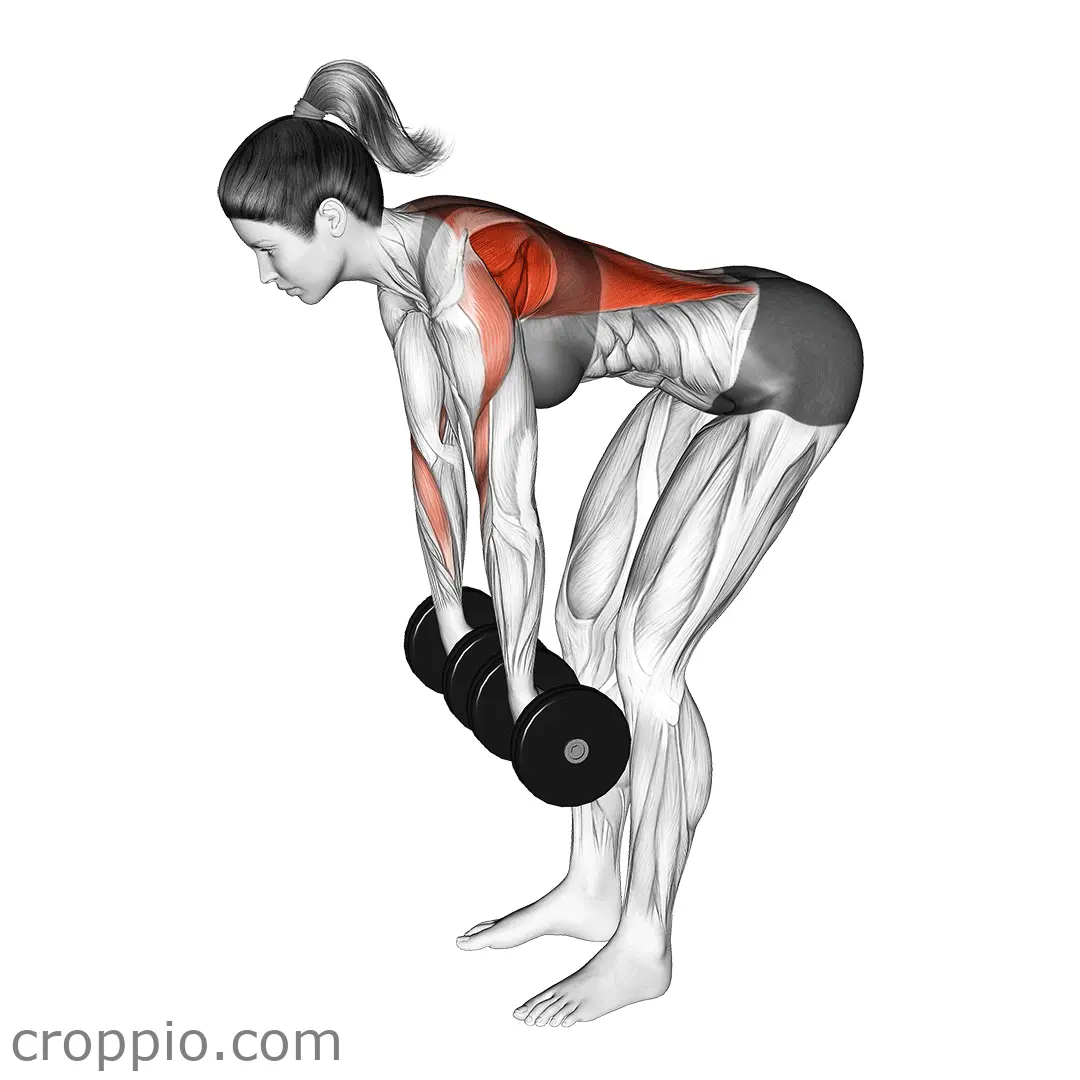High Row
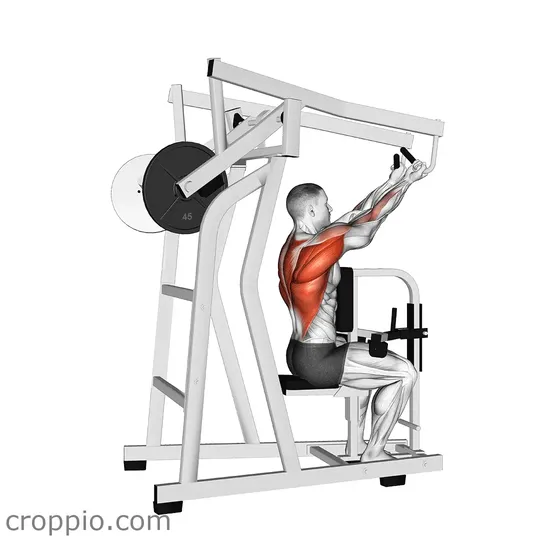
Muscles Involved
The high row exercise primarily targets the upper back muscles, particularly the trapezius and rhomboids, which play a critical role in stabilizing and retracting the scapulae. Additional primary muscles activated include the latissimus dorsi and the rear deltoids, contributing to shoulder and back strength. Secondary muscles involved in this movement include the biceps and forearms, which assist in the pulling action. Together, these muscle groups help improve overall posture, upper body strength, and functional movement.
Top Mistakes
- Overusing momentum: Many individuals swing their arms to lift the weight instead of using controlled movements, which reduces the effectiveness of the exercise.
- Poor posture: Rounding the shoulders or leaning too far forward can stress the spine and diminish the benefits of the workout.
- Incorrect grip: Using a grip that is too wide or too narrow can lead to an improper range of motion and reduced engagement of the target muscles.
- Inadequate range of motion: Not pulling the weight back far enough can limit muscle activation, rendering the exercise less effective.
Execution Tips
- Maintain proper posture: Keep your back straight and chest lifted throughout the movement to engage the correct muscles. Ensure your shoulder blades are pulled back and down.
- Control your movement: Perform the exercise in a slow, controlled manner to prevent using momentum. This enhances muscle engagement and reduces the risk of injury.
- Use an appropriate grip: Choose a grip width that is comfortable – typically shoulder-width apart – to allow for optimal range of motion.
- Focus on your elbows: Keep your elbows high and close to your body during the pull to target the upper back effectively.
Workouts
The high row can be seamlessly integrated into a comprehensive upper body workout routine. A recommended approach is to perform 3-4 sets of 10-15 repetitions. This exercise can be paired with shoulder presses, pull-ups, or bent-over rows for a balanced back and shoulder workout. For optimal results, consider incorporating it into a split routine focused on upper body strength twice a week.
Conclusion
The high row exercise offers multiple benefits, including improved upper back strength, enhanced posture, and increased muscular endurance. By targeting key muscle groups essential for shoulder stability and mobility, this exercise not only boosts athletic performance but also contributes to daily functional movements. When performed with proper form and technique, the high row can significantly enhance your overall fitness and well-being.
